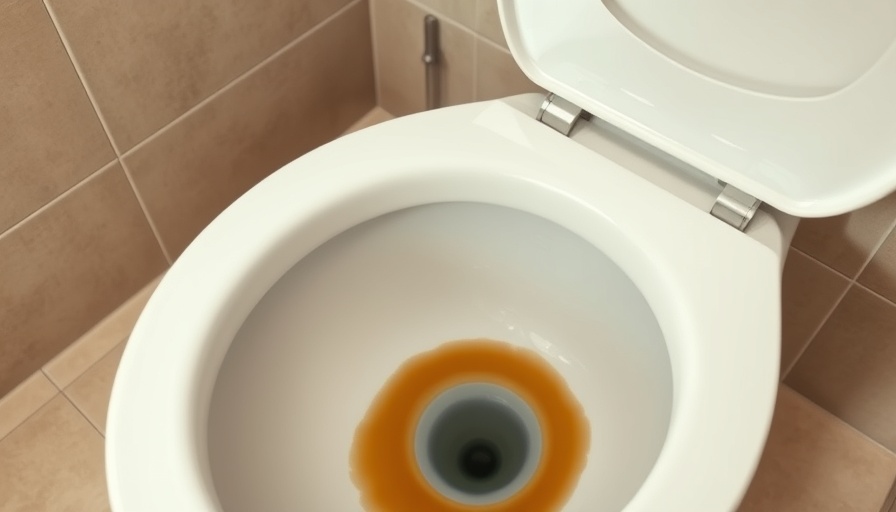
Reviving the Beauty of Your Engineered Hardwood Floors
Engineered hardwood floors, while beautiful and practical, are not immune to daily wear and tear. Scratches, whether from furniture, pets, or simply foot traffic, can diminish their charm. But fear not! With the right tools and techniques, even the most stubborn scratches can be effectively treated, allowing your floors to shine once more.
Understanding the Types of Scratches
Before diving into the repair process, it's vital to recognize that scratches come in various forms: light surface scratches, deeper gouges, and those that may have affected the floor’s finish. Each type requires a different approach. For example, while light scratches might be remedied with a little buffing, heavier scratches may demand a more thorough repair kit.
Essential Tools for Scratch Repair
To get started on your DIY project, gather the following items:
- Rubbing alcohol
- Wood floor scratch repair kit
- Putty knife
- Broom or vacuum
- Cotton swabs
- White cloth and washcloth
With these supplies in hand, you’re well on your way to restoring those floors!
Step 1: Clear and Clean the Area
Begin by removing all furniture and obstacles from the area you're working on. It's crucial to have a completely clear space to prevent accidents and make your job easier. Sweep or vacuum thoroughly to remove dust and debris—this ensures that none of the dirt gets in the way of your repair efforts.
Step 2: Use Rubbing Alcohol for Light Scratches
One of the simplest and most effective methods for addressing minor scratches is using rubbing alcohol. Dampen a microfiber cloth with a few drops and gently rub the scratch. This technique can often clean away dirt and alleviate the appearance of lighter scratches. For best results, apply this technique carefully, ensuring not to saturate the wood, as excess moisture can cause damage.
Step 3: Apply Wood Floor Wax
For deeper scratches, turning to wood floor wax may be necessary. The key here is to select a color that matches your flooring precisely to avoid an obvious patch. After applying the wax according to the manufacturer's instructions, let it sit for a few minutes, then buff it away gently with a soft cloth. This application not only fills in the scratch but also adds a layer of protection.
Step 4: Refinishing for a Flawless Surface
In cases of severe scratching, sometimes a refinishing approach is necessary. This might involve sanding down the affected area before applying a new finish. While this process is somewhat more labor-intensive, it can breathe new life into your floors, making them appear as good as new. Generally, for engineered floors, this method should be done with care since the veneer is relatively thin, and over-sanding can lead to structural damage.
Step 5: Consider a Professional Touch
For homeowners faced with extensive damage, consulting a professional might be the best choice. While DIY projects can save money and provide satisfaction, professionals have the experience and tools to restore your floors to their original glory without the risk of further damage.
Preventive Measures for Future Protection
To safeguard your investment and minimize future scratches, consider implementing protective measures such as:
- Regularly trimming pet nails
- Using furniture pads on chair legs
- Establishing no-shoe policies indoors
These simple steps can significantly extend the life of your flooring.
Conclusion: Embrace Your Skills with Confidence!
With these tips in hand, DIY enthusiasts can tackle the challenge of fixing scratches on engineered hardwood floors head-on. Whether you're dealing with light blemishes or deeper gouges, you have the tools to make your floors beautiful once more. Don’t hesitate to embrace your home improvement skills; your floors will thank you!
To continue enhancing your home with more repair tips and tricks, follow our latest updates!
 Add Row
Add Row  Add
Add 




Write A Comment